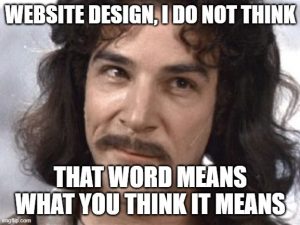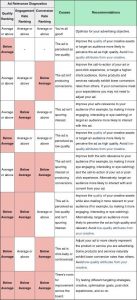
Mindfulness and meditation are quickly becoming mainstream in corporate America. The research is irrefutable that meditation contributes to positive outcomes along countless physical and mental health dimensions. And even the most traditional, conservative public and private enterprises are incorporating mindfulness and meditation into the cultures.
Unfortunately, in the process, some confusion has arisen. Some people are confusing the two topics, erroneously believing that they are actually the same thing. But meditation is not mindfulness.
It’s helpful to think of mindfulness as the ultimate goal or outcome that many leaders are striving for. It’s a sense of presence, being in the moment and unfazed by the chaos around us. It’s about bringing all of one’s attention to the current moment and exercising tremendous intention as a result.
Mindfulness is a powerful state of being because this level of presence can activate the experience of ‘flow’ studied extensively by Mihaly Csikszentmihalyi and others. This state of flow is by definition one of the highest expressions of engagement possible. (And given what we know about the power of engagement – and the ‘holy grail’-like search many organizations are undertaking to find it – this makes mindfulness very attractive to many executives.)
But a daily growing body of research correlates mindfulness with many other benefits as well…from greater vitality and health, to improved decision-making and teamwork, to even enhanced financial performance.
Meditation, on the other hand, is a tool for supporting and enabling mindfulness… but should not be confused with it. Organizations wishing to develop mindful leaders are taking a significant step by offering meditation training and meditation rooms on-site. But it’s just one of the many steps required to foster and embed this quality in the leadership culture.
Organizations that are cracking the code on this are taking other steps as well. They are:
- Forcing leaders to rest and rejuvenate. Mindfulness requires a high degree of physical and mental energy – neither of which is possible when leaders are exhausted and burned out. Yet the leaders who’ll benefit from mindfulness most also tend to be the least able to appreciate this reality. So, organizations are beginning to force the issue. While some are going so far as to enforce tech-free days that allow for more thinking and interacting time, others are requiring that vacations be taken rather than banked.
- Aligning their performance management systems with the idea of presence. They are focusing more attention on routine, informal, on-the-spot, non-evaluative feedback to correct or reinforce performance. Ongoing and timely dialogue is replacing onerous annual processes and removing the specter of judgment and future recriminations.
- Shifting from a plethora of priorities to a few key intentions. Mindfulness is challenging when everything is an urgent A-prime priority, when there are 101 corporate initiatives as well as a mission, vision and values to be lived. Organizations committed to helping leaders develop greater mindfulness appreciate the value of simplification and are editing back the tomes of corporate directives, replacing them with leaner, cleaner intentions that can drive focus and activity.
- Starting at the top. Leaders at all levels look to those above them for guidance about what’s acceptable and what’s required to get ahead. Hard-charging, ‘mindless’ leaders beget more of the same. But when executives take the first step toward modeling mindfulness, others have permission to follow. In one organization with a 24/7, always-on culture, responses to emails were expected nearly immediately. Employees literally slept with their phones as a result. Three months after executives committed to corresponding by email during working hours only, it’s no longer considered dedicated or ‘cool’ for anyone in the organization to send middle-of-the-night emails.
Mindfulness is a multifaceted quality that has the potential to dramatically improve individual satisfaction and organizational success. Meditation is a powerful tool to support it. But, let’s not stop there and think we’ve done the job. Executives and human resources professionals alike are on the forefront of a new frontier in human performance…if we are mindful enough to take advantage of the opportunity!
(227)









